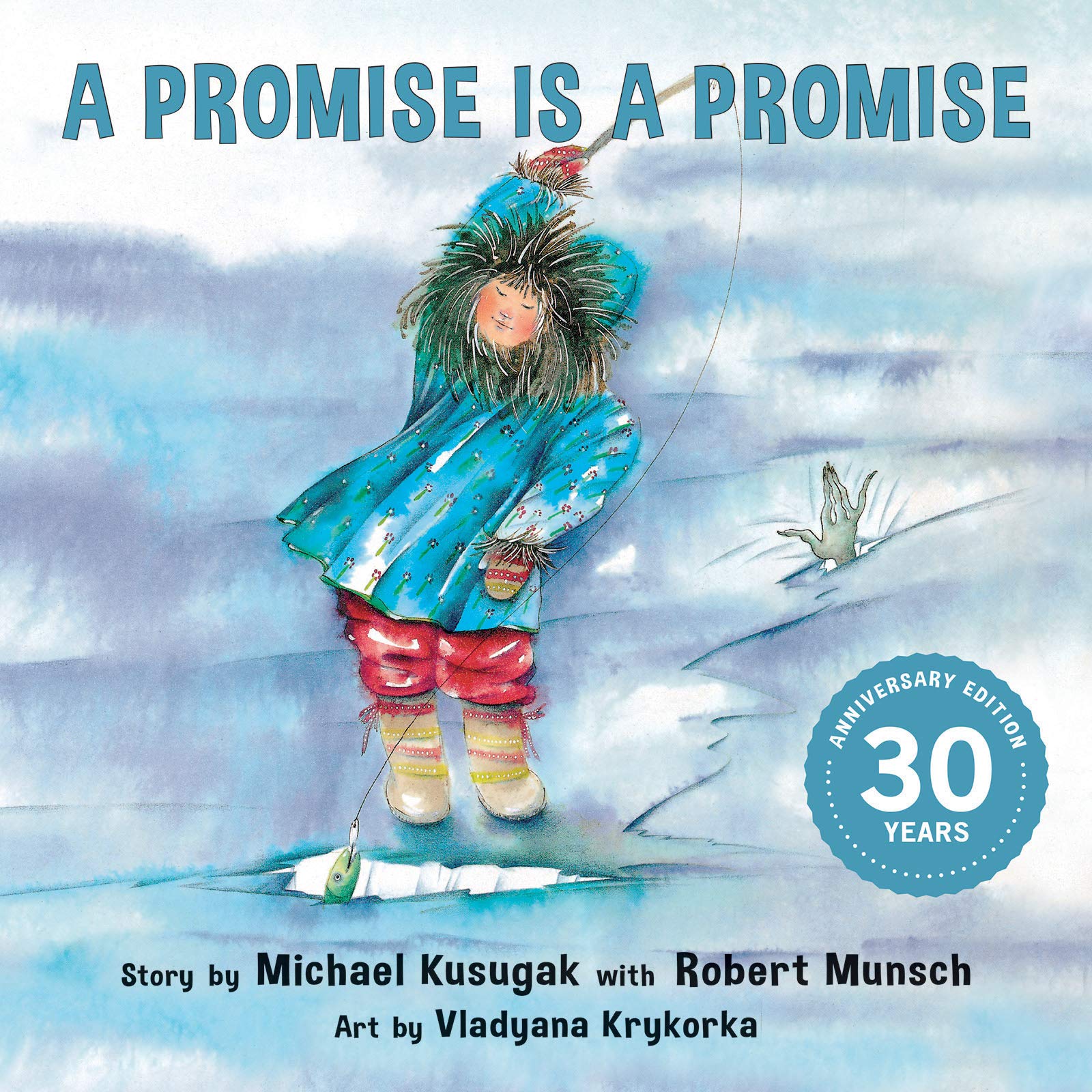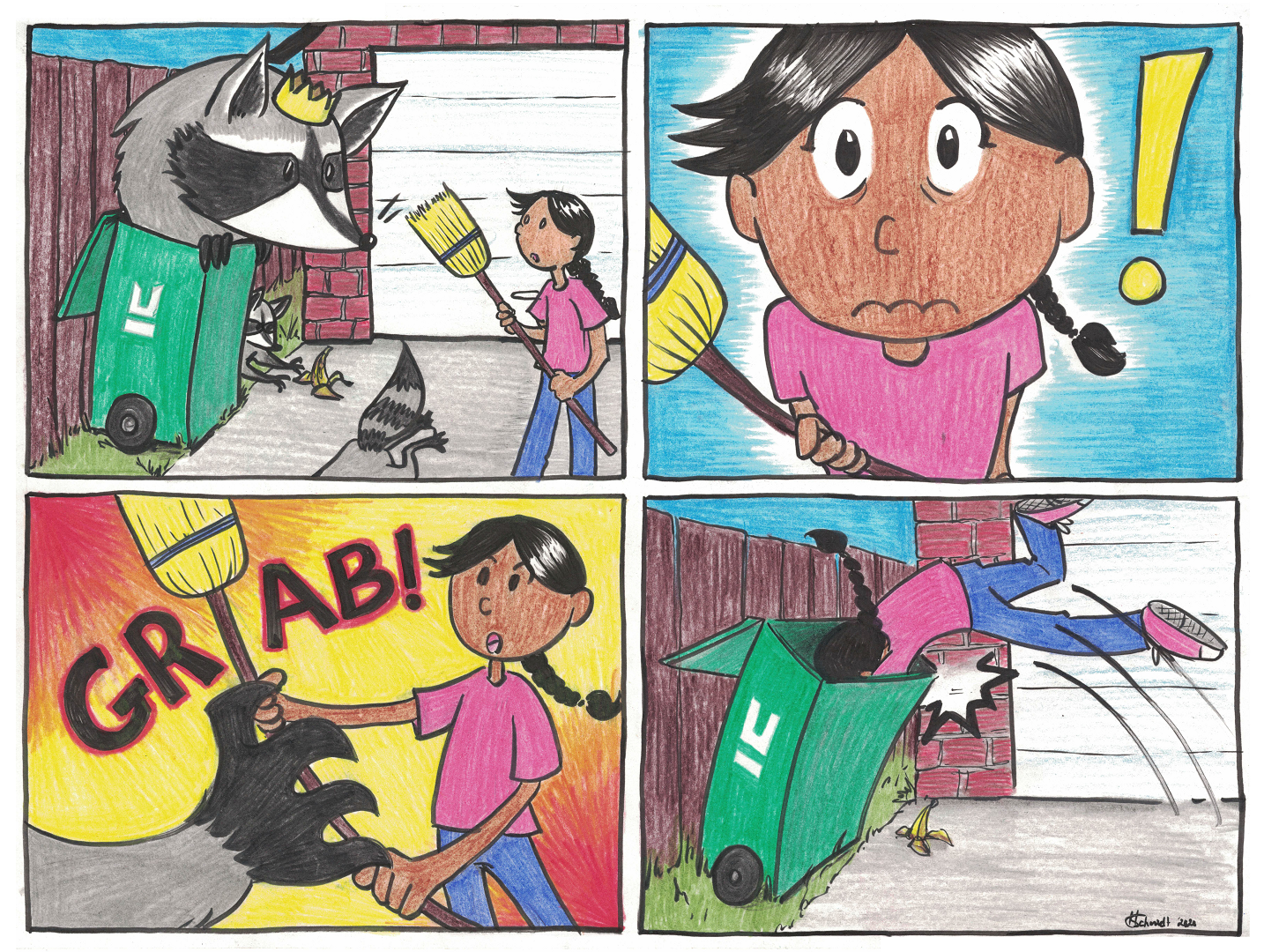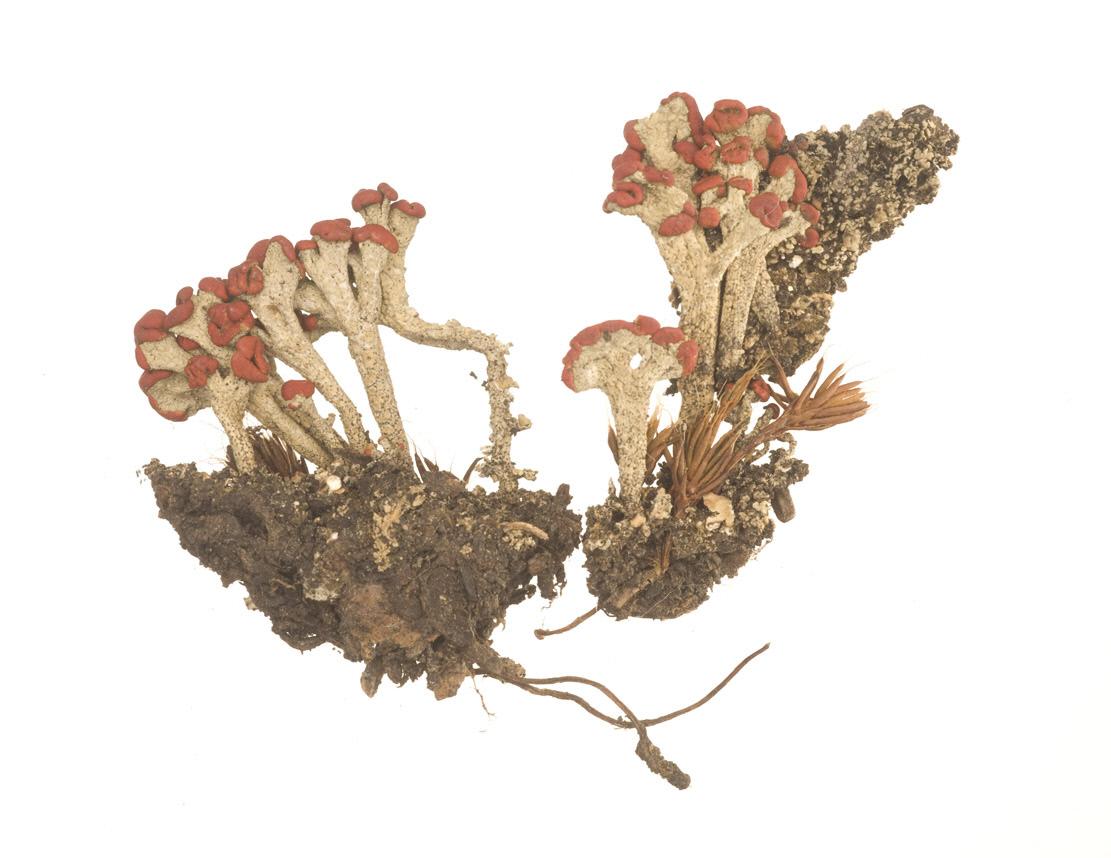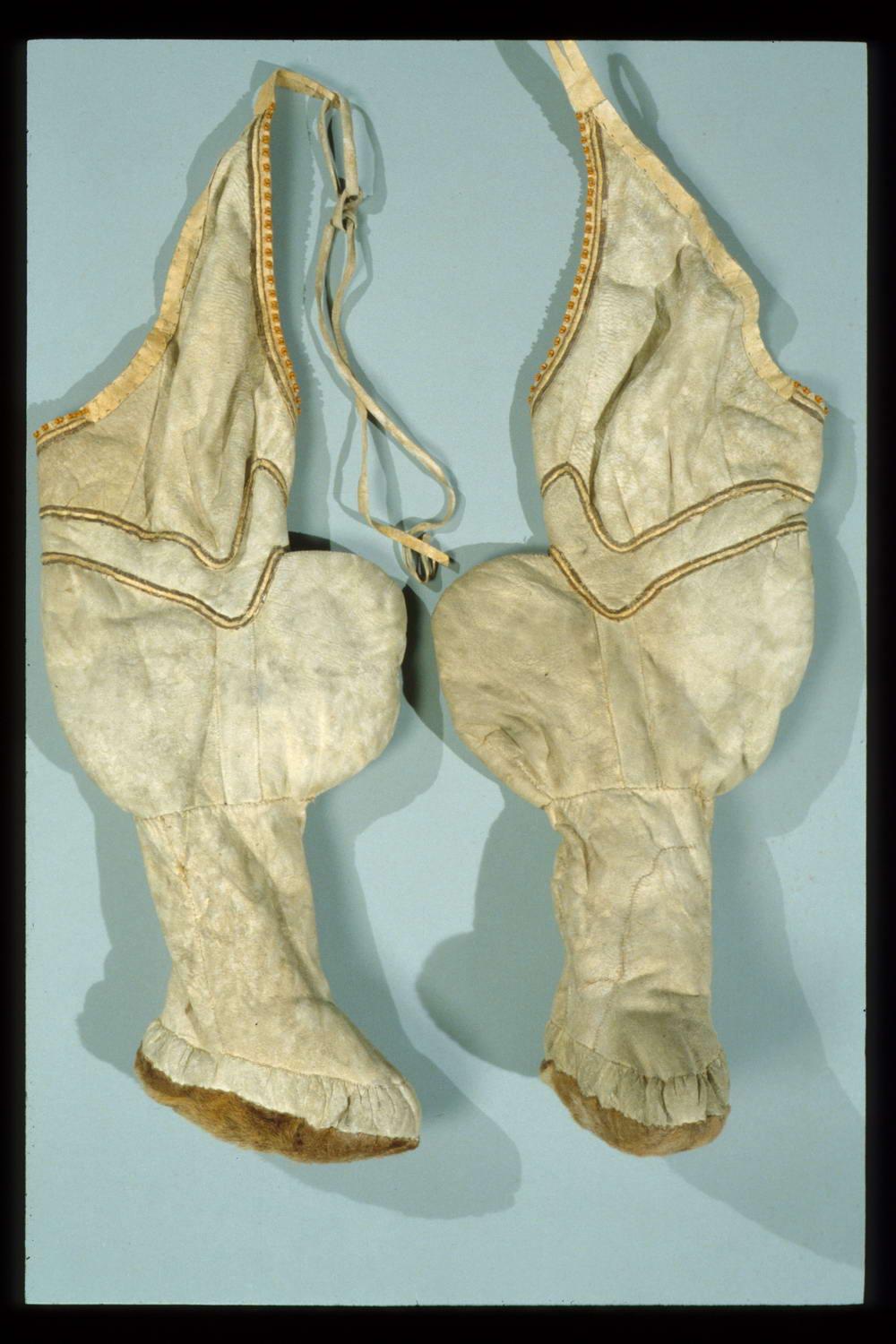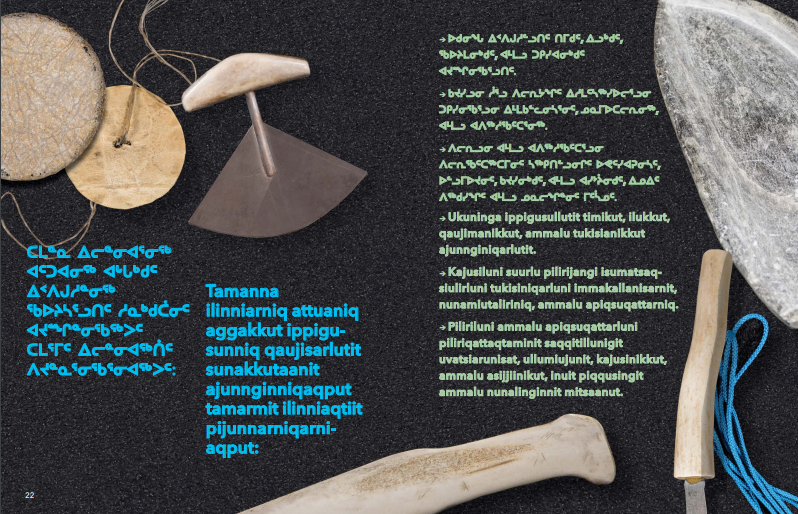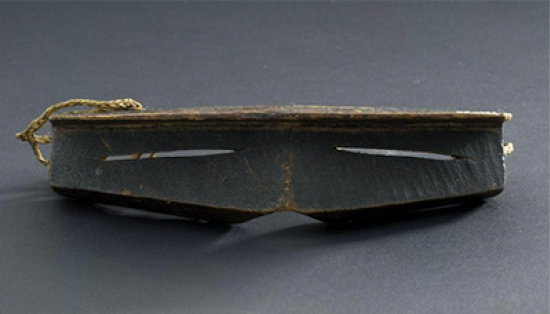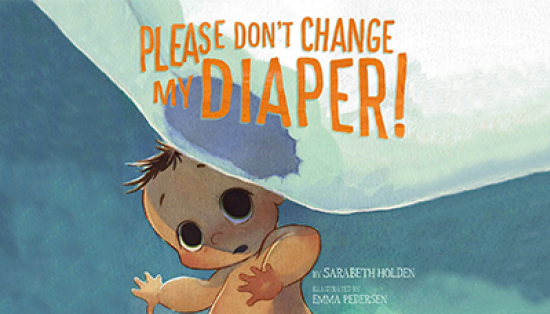Visit ROM Storytime for a discussion of children’s books for young learners with ROM educator Sarah Elliott. Joining Sarah this week is special co-host Sarabeth Holden, who is part of the Indigenous Advisory Circle at the ROM. She helps answer questions about this traditional Inuit story and on how the lessons apply in modern life.
This week, Sarah and Sarabeth explore A Promise is A Promise by Michael Kusugak with Robert Munsch, illustrated by Vladyana Krykorka. Stay tuned after the story summary for a Q&A on how the story connects to ROM objects, and try a story-inspired creative activity.
In A Promise is a Promise, Allashua learns an important lesson about going too close to the cracks in the ice. Stories have always been a valuable way for people to learn how to live safely in the world around us, especially when we’re little.
Stories like A Promise is a Promise are still helpful today! While Allashua lives in modern-day Nunavut with a snowmobile in her front yard, the lesson to stand back away from cracks in the ice over deep water has always been an important lesson for children where she lives.
Throughout your life, you have likely learned an important lesson about living where you are – such as being respectful and leaving wild animals, like bees or raccoons, alone to do their own thing. Other lessons may have taught you to: put on sunscreen when you go outside in the summer, bundle up when you go outside in the winter, or pay attention to traffic signals and look both ways before you cross the street.
For the Creativity Challenge this week, think of one important lesson you learned about how to live safely in your world, and create a spooky story to pass that lesson on to other kids!
- Think of an important lesson you want to pass on.
- Write a story that teaches other people that lesson.
- If you want to get creative, design a creepy creature that would be very happy if you forgot that lesson, and figure out a way for the main character of your story to outsmart it.
- Find a creative way to tell your story. You can read it, draw a comic, act it out with a friend, create a shadow play – whatever feels right to you.
- Share your stories with us @ROMtoronto #ROMathome
Special thanks to Holly Schmidt for the Raccoon Queen comic!
Are there any other spooky creatures that teach lessons about surviving in the Arctic?
Absolutely! Every region, community, and even family would have their own stories to tell. Inuktitut is traditionally an oral language, and as stories are passed down from person to person, there will always be slight variations, so there are lots of creatures to choose from. For example, in Nunavut, you can find little cup-shaped mushrooms that are said to be Tuurngait cups. Tuurngait are monsters that live on the land that would drink from these little mushroom cups, but if children wandered off, the Tuurngait would find them and eat them!
What materials would be warmest for boots and clothing?
It depends on the region and what’s available. Caribou is very warm, and the caribou skin leggings in the ROM's collections are like what Allashua would have worn in the story. Sarabeth and Sarah aren’t sure what the bulges in the leggings were for. It could be for style; Inuit seamstresses are great at combining function and fashion! Polar bear would also be good at keeping you warm (although that’s more rare). Seal is commonly used, too. Caribou has a much thicker fur, which would be great for warmth, but seal is more waterproof – especially good for splashing around when it thaws!
Are there any Inuit language resources you recommend?
Here are some great online resources for Inuktitut learning, and Inuit publications:
- Inuktut Tusaalanga has lessons, glossary, grammar, and dialogues.
- The Pirurvik Centre has lots of language lessons!
- Inhabit Media is the first Inuit-owned, independent publishing company in the Canadian Arctic. A great resource to find books for kids, young adults, and grown-ups!
You can also check out the ROM’s learning resources for students in the Learning with Inuit EduKit, available in Inuktitut, English, and French.

